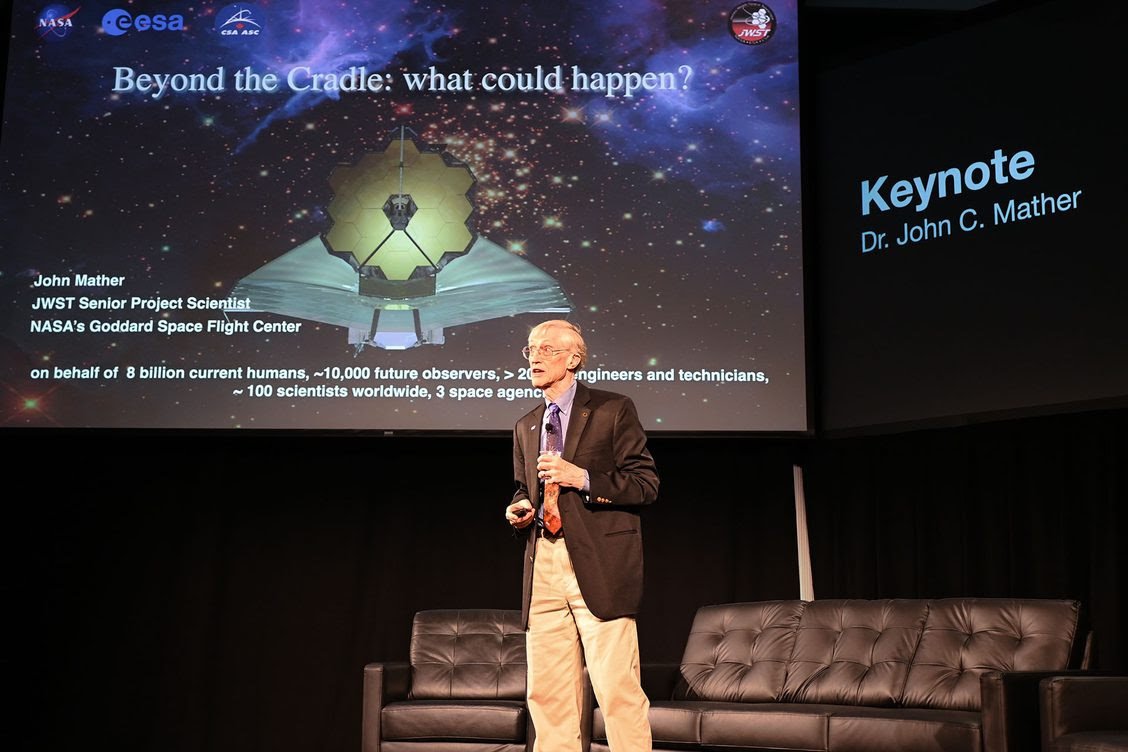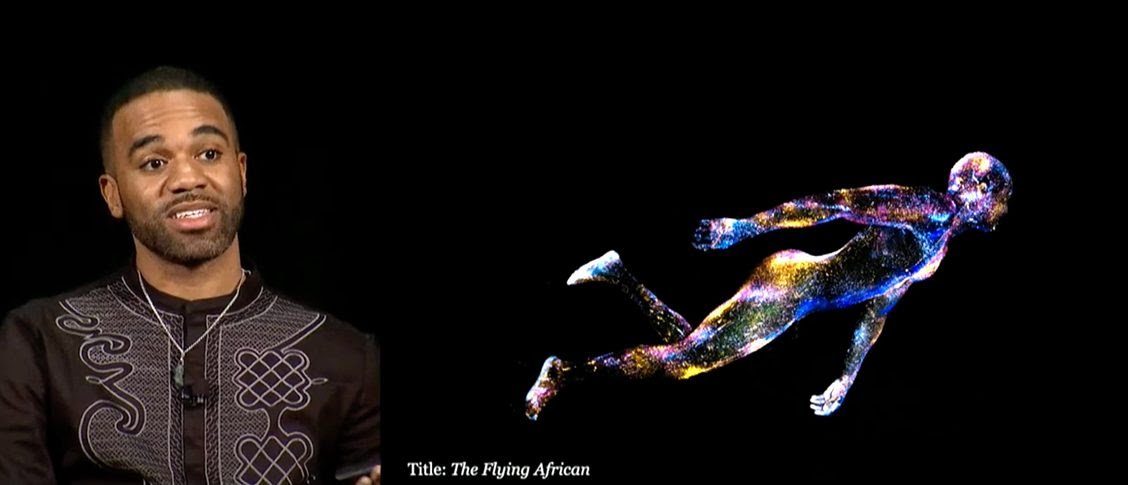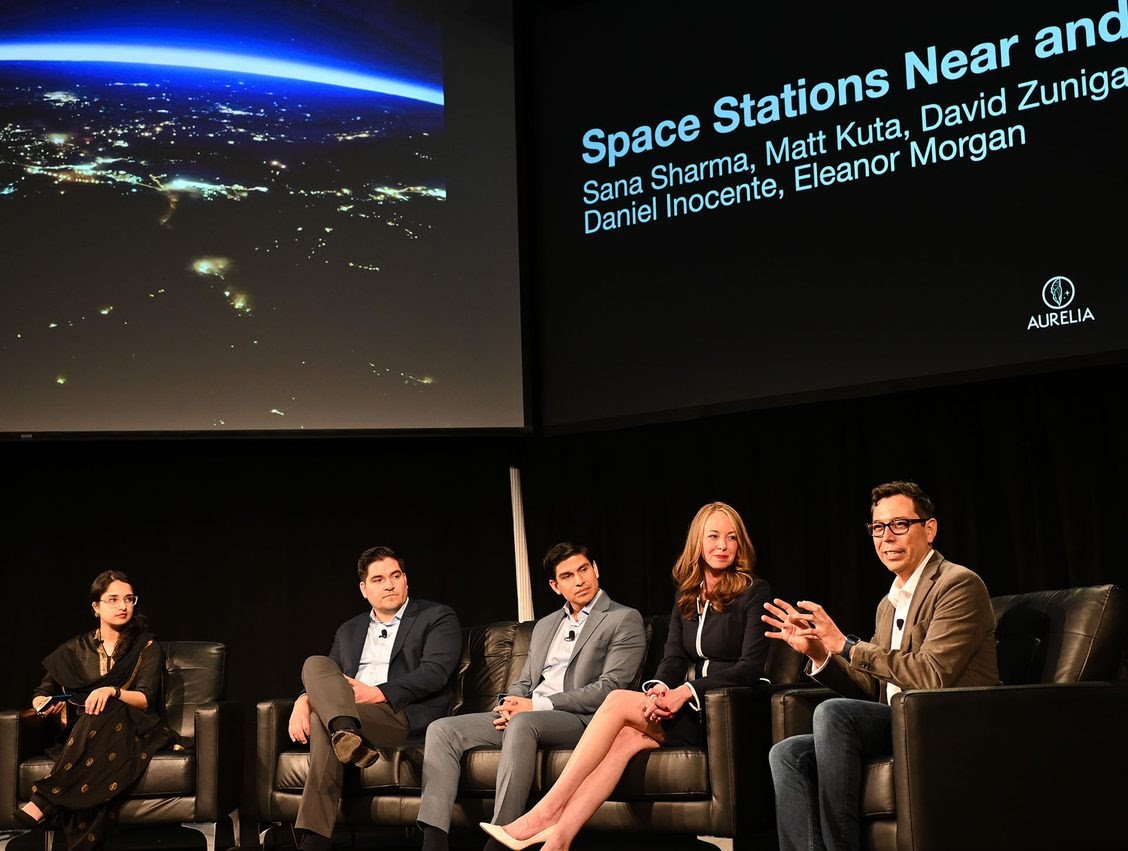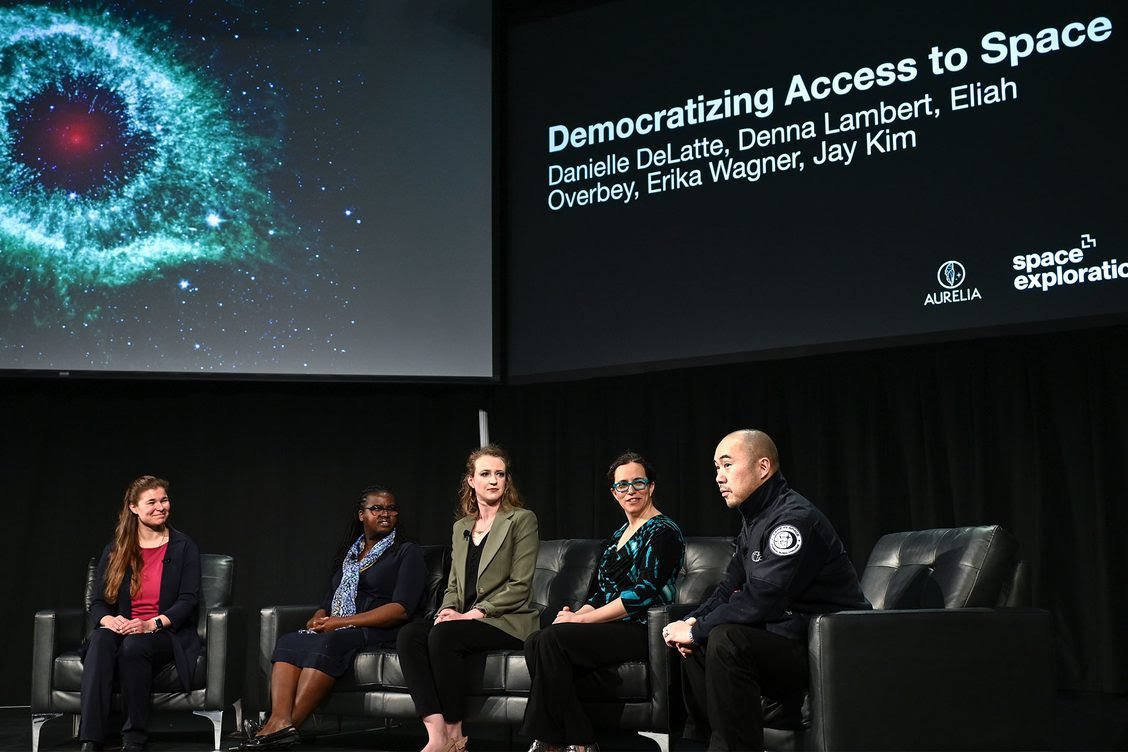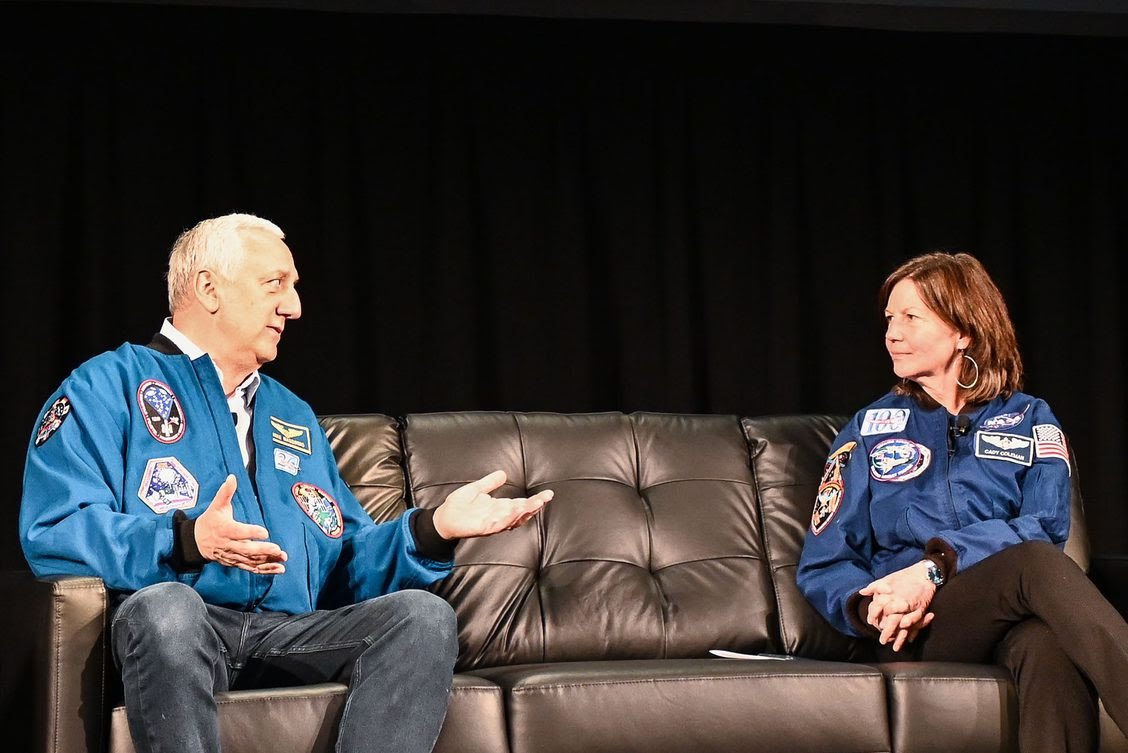Some favorite moments from Beyond the Cradle 2023
Earth + Space event at MIT brought together leaders and luminaries to share research and insights into building a home for everyone in space.
Beyond the Cradle, which Aurelia Institute co-hosted this year with the Space Exploration Initiative at the MIT Media Lab, brought together some of our greatest thinkers in research, industry, advocacy, and the arts — people who care deeply about the role that space will play in creating a better future for everyone.
In the fireside chat “Our Sci-Fi Space Future,” writer and filmmaker Akiva Goldsman shared a new lens on the role of science fiction in society:
“It was a place to find home. I have found that science fiction is that for a lot of people: if home doesn’t quite fit, then sometimes the home you can imagine fits better.”
He was talking about his first experience at a Star Trek convention, and more broadly the experience of discovering science fiction as a genre, and a community, for people to celebrate difference and discovery and understanding. That idea of creating a community — a home for everyone in space — is what drives our work at Aurelia.
A few other insights and favorite moments from Beyond the Cradle:
Nobel laureate Dr. John Mather, in his sweep through the history of space exploration to his work today on the James Webb Space Telescope, made a strong case for our community’s persistent optimism and ambition to “build big things” as antidotes to defeatism: “I think it’s worth working on things that are impossibly difficult.”
The artists and educators in the “Space & the Arts'' panel spoke to the interconnected nature of the human body and outer space, and the embodied wisdom that helps us make sense of cosmic phenomena often invisible to the human eye. In introducing a photography series about traditional creation myths from the African diaspora, multimedia artist Mikael Owunna affirmed that “our connection to the universe is deeply personal, because the universe itself is an animated, living, divine, resurrected being.”
Sana Sharma, Aurelia’s co-founder and Chief Design Officer, moderated the panel “Space Stations Near & Far.” The panel’s architects, engineers and strategists discussed the unique opportunity we have to design more inviting, thrilling, human-centered living structures — and learn from how a growing number of people make themselves at home in those spaces. They pointed out the key dual role that architects and strategists play in both integrating complex building systems with the human experience in mind, and designing business models that enable these projects to scale.
The “Democratizing Access to Space” panel, moderated by Aurelia co-founder and COO Danielle DeLatte, highlighted the ways in which universal design leads to better habitats and living experiences for all. Denna Lambert, Project Manager at NASA and AstroAccess Ambassador, advocated designing for — and with — a wider range of physical abilities and neurotypes in the earliest stages of a project: “The speed of our imagination is ultimately accelerated by who is in the room.”
Astronauts Cady Coleman and Mike Massimino brought us home with a hearty exchange about their Earth- and orbit-based experiences. Mike spoke about fighting back tears when coming face-to-face with our planet during his second space walk: “This is what heaven must look like… we live in an absolute paradise. I think that Earth was meant to be seen from space.” They also shared what personal objects they chose to bring up with them to the International Space Station — for Mets fan Mike, a home plate from Shea Stadium; for Cady, her son’s stuffed pet tiger Hobbes — reminders of the relationships they’d built 254 miles below. What fell off the final list? Cady’s husband’s lawn mower.
If you missed the event, you can catch up on the videos from all the amazing talks here.



